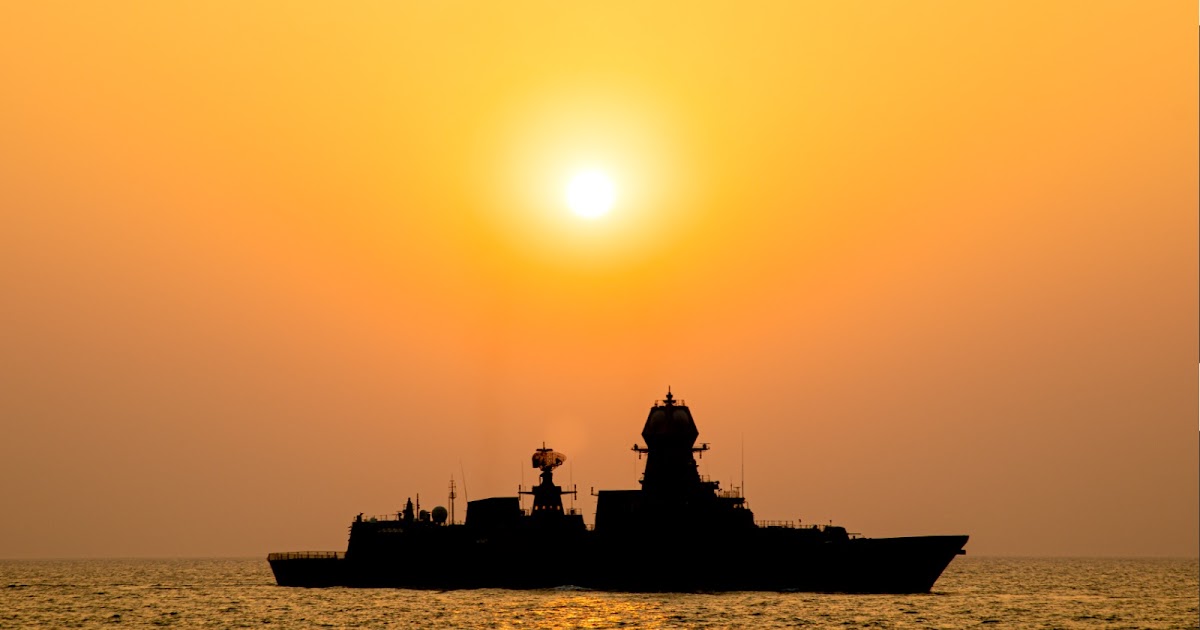
A changing global environment can increase military capability risks
Unsigned change in Defence News of India
March 16, 2023
The Stockholm International Peace Research Institute (SIPRI), which tracks arms transfers around the world, reported that India remained the world’s largest arms importer for the past five years (2018 -2022). With an 11% share of global arms imports, India is ahead of Saudi Arabia (9.6%), Qatar (6.4%), Australia (4.7%) and China ( 4.6%) in that order. Meanwhile, the Ministry of Defense (MoD), in a written response to Parliament this week, said India’s spending on overseas defense purchases had fallen from 46% of our overall spending on 2018-19 at 36.7% through December 2022-23. Unlike China, which balances its large imports of defense equipment with large arms exports to countries like Pakistan, India’s defense exports have remained largely flat.
According to the Ministry of Defense statement, India exported defense equipment worth Rs 10,746 crore in 2018-2019, and it only increased to Rs 13,399 crore this year. India’s defense industry was looking for a high-value export breakthrough – be it in Tejas fighters, BrahMos missiles, destroyers, frigates, air defense missiles, artillery guns, launchers -rockets or the modernization of air bases – but has mostly only succeeded in obtaining low-value contracts for equipment such as ammunition and offshore patrol boats. India’s defense production centers are still learning the multiple dimensions of a weapons production ecosystem – be it for aircraft flight control systems and computers; or fuselage and hull design; or a tank gunnery sighting and active armor protection system – which would enable Indian industry to design, develop and manufacture carefully chosen systems and sub-systems that are essential elements of an overall weapon system .
It would also be essential to carefully select the areas of intervention. For example, a single UK-based company has been producing aircraft ejection seats since 1946, dominating the international market and, according to company figures, has saved 7,691 lives through successful ejections to date. When a new fighter aircraft is developed, the manufacturer is most likely to approach this company for its ejection seats. Similarly, another UK-based company has been the market leader since 1934 in the production of in-flight refueling systems that allow combat aircraft to draw fuel during flight from an aircraft tanker. Two UK-based companies have been highlighted here as Indian and UK defense budgets are roughly the same.
However, given the advent of technologies such as artificial intelligence, machine learning and quantum computing, Indian high-tech start-ups and medium, small and micro-enterprises could occupy dominant positions in these futuristic and revolutionary fields. For this, coordination would be needed between ministries such as defence, science and technology and electronics and information technology. On the other hand, the Ministry of Defense would be well advised to set reasonable objectives and to approach them in a coordinated manner. OOver the past six years, targets included expanding annual defense production to Rs 175,000 crore (Rs 1.75 trillion) and increasing defense exports from $1.5 billion to Rs 5 billion. dollars. However, exports are still around $1.6 billion. In order to contain import dependency, the government has implemented a continued ban on shipment in an increasing number of weapons platforms, but it must be recognized that even in the absence of rapid development of national capabilities , India’s defense preparation should not suffer. needs a realistic strategy. Overreliance on imports could increase military vulnerability in a changing geopolitical environment.






